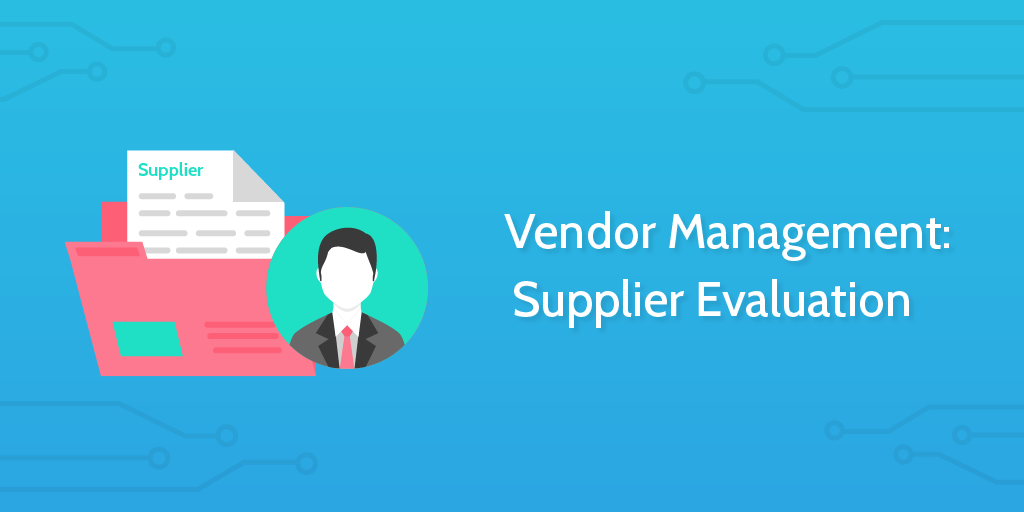A supplier evaluation may involve:
- Visiting the supplier on-site
- Asking a series of probing questions about the supplier's business
- Fact-checking
- Researching customer opinions of the supplier
To make this process clearer, it's helpful to use an established model.
The most widely accepted checklist for supplier evaluations is Ray Carter's 10Cs Model.
Here is the model as Carter describes it, and the model we're basing this checklist on:
- Capacity (Does the organization have the capacity to deliver the order)
- Competency (Is the organization, its people or its process competent)
- Consistency (Does the organization produce a consistent output)
- Control of process (Can the organization control its process and offer flexibility)
- Commitment to Quality (Does the organization effectively monitor and manage quality)
- Cash (Has the organization got a strong enough financial base)
- Cost (Is the product or service offered at a competitive price)
- Culture (Are the supplier and buyer cultures compatible)
- Clean (is the organization ethical, funded legitimately, doesn't engage Child labor, etc.)
- Communication efficiency (Does the organization have support technology of information integration)to support collaboration and co-ordination in the supply chain.)
By properly vetting suppliers, you can make sure you're choosing one that communicates well, gives the best deals, and has the highest quality service.



